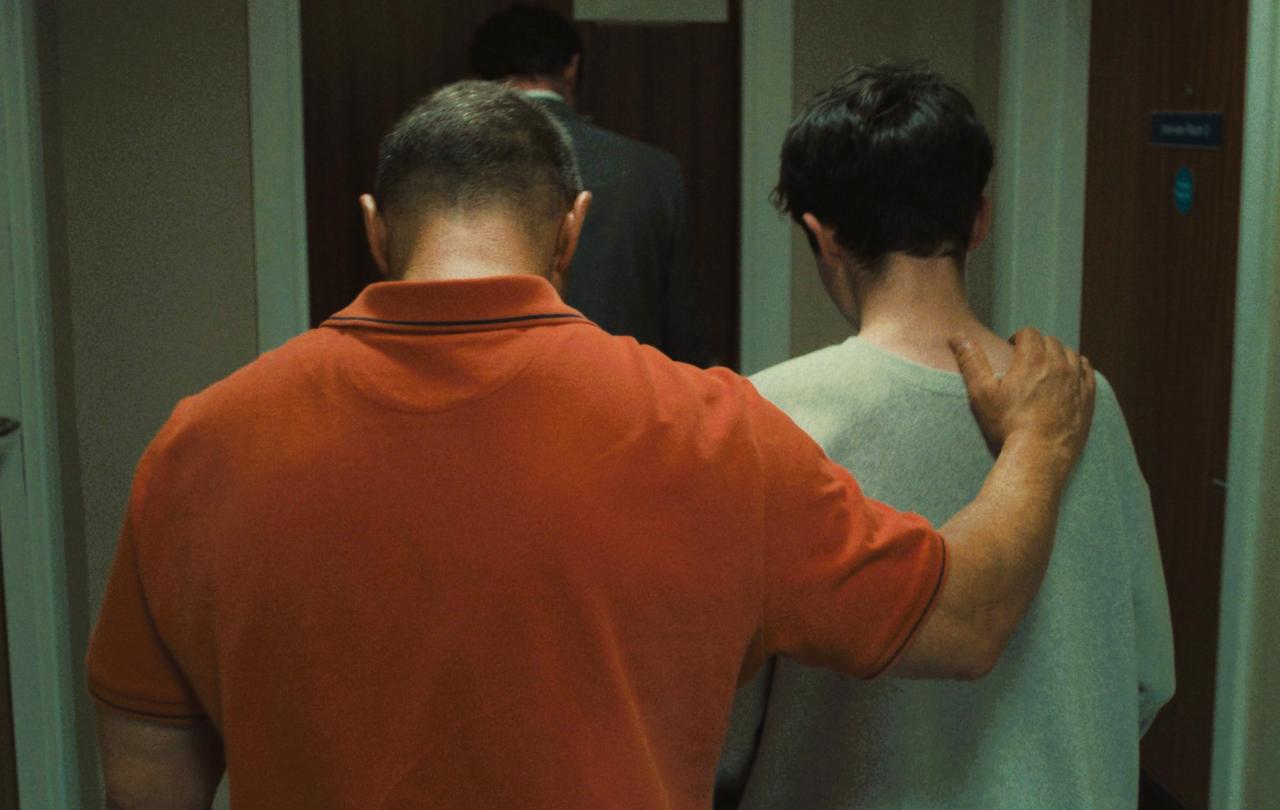
‘Is it really that bad out there for our children?’
This was the text my mum sent our family group chat following episode four of Adolescence, the astonishing new drama from Netflix. Anyone familiar with previous work from Stephen Graham will know to expect grit and challenge, but Adolescence is different.
Adolescence paints a stark picture of a world gone wrong. We observe this in the Miller family who, within a few minutes, stand and watch as their lives are upended when their teenage son and brother is arrested on suspicion of murder.
Technically, it is remarkable. The script is stunning. The cast are incredible. The direction is impeccable. The camera perceives the action in one continuous take, and the viewer receives this without a single edit. We watch each second of the hour-long episodes with precise focus, curiosity, tension and compassion. As the camera is moved, so are we. We become immersed in the spiralling realities of the detective, of the disbelieving father, of the psychologist, of the scrawny boy who wets his bed when armed police raid his bedroom. We pass person to person and take on their emotional load, even for a moment. These are not simply tug-on-the-heartstrings moments, watching Adolescence is an exercise in empathy.
These one-take episodes flawlessly capture extended scenes of flawed humanity. Minute by minute, we learn more about Jamie Miller, played by Owen Cooper, the thirteen-year-old boy at the centre of it all. His parents are loving. He gets on with his sister. He is polite to the nurse at the police station. Jamie appears like a typical young boy. A worn teddy-bear sits atop his star-adorned bedding that matches the wallpaper. His friends are impish, awkward and they are the usual levels of unkempt. He seems just like any other kid.
These small acts bring light to dark places, and demonstrate how the viewer might live right in a world where much feels wrong.
As the plot unfolds, we see how darkness, and Jamie’s anger, lurks behind a digital life. Mostly hidden in emoji codes and Instagram comments, it is only in episode three when a stream of explicit misogyny pours from Jamie’s mouth. It emerges that his development has been intercepted by exposure to toxic masculinity, incel ideology and the incessant rage of ‘the manosphere.’ We witness the unravelling of lives that are disconnected despite sharing the same roof. Just as the uninitiated are confused by terms like ‘red-pilled’, Jamie’s parents are stunned at why their child would commit such a crime.
Adolescence is a sobering watch because it holds up a mirror to a bleak picture of society. In the same week that Netflix released the series, a teenage boy was sentenced to life imprisonment for the fatal stabbing of a fifteen-year-old girl in the London borough that neighbours my secondary school.
But it is also a rallying cry for social response. The ultimate aim isn’t for the audience to be depressed into stagnancy, but to consider afresh the responsibility we have for each other, particularly for the generations coming behind us, and to take action in our communities. When my mum asked about the reality for ‘our children’, she was supporting this concept of collective responsibility and care for the next generation.
As Adolescence reflects our darkest corners, so does it present those among us who are trying to connect and show up in love for struggling young people. We see this in the detective who goes to the chip-shop with his son in an attempt to build their relationship, and also in the psychologist who carries around a container of mini-marshmallows for Jamie’s hot chocolate. These small acts bring light to dark places, and demonstrate how the viewer might live right in a world where much feels wrong.
The glimpses of positive intergenerational connection in Adolescence should serve as a compelling reminder to churches, a remaining shared space where generations collide. We learn so much from each other that we simply cannot gain from siloed, disconnected living. At its best, the Church provides a space that allows people to break out of their usual circles and habits, to be loved and to love, to be challenged and corrected, to develop a connection to God and to his creation.
To consider again the question, ‘Is it really that bad out there for our children?’
Quite possibly. But in the reflecting of light, however dim it may seem, we are presented with the possibility of something better. As generational barriers come down, we can move beyond empathy and into action.
Support new writers
Since March 2023, our readers have enjoyed over 1,000 articles. All for free. Many by writers from our Emerging Leaders programme, like Lauren. All this is made possible through the generosity of our amazing community of supporters.
If you’re enjoying Seen & Unseen, would you consider making a gift towards our work?
Do so by joining Behind The Seen. Alongside other benefits, you’ll receive an extra fortnightly email from me sharing my reading and reflections on the ideas that are shaping our times.
Graham Tomlin
Editor-in-Chief





